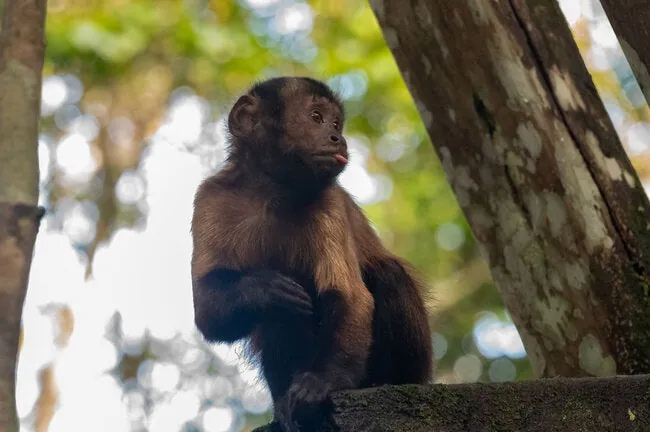
Monkey Deaths Trigger Urgent Yellow Fever Crisis in Colombia
2025-07-02
Author: Siti
A Deadly Wake-Up Call
Colombia is facing a health crisis as reports confirm 114 cases of yellow fever, resulting in 49 fatalities. With a staggering fatality rate of 42.9%, the regions most impacted include Tolima, Putumayo, Nariño, Caquetá, and Meta. The alarming rise in incidents is compounded by at least 56 confirmed cases of epizootic events, where non-human primates succumbed to the disease.
The Connection: Humans and Monkeys
All reported cases stem from the sylvatic transmission cycle, where mosquitoes in dense forest areas bite infected monkeys and then humans. This stark reality underscores the critical need for widespread vaccination in rural areas and robust wildlife monitoring through a comprehensive One Health strategy, which unites human, animal, and environmental health.
Tolima's Hard Lessons Learned
After over a century without reported human cases, Tolima's recent encounters with yellow fever have become pivotal for Colombia's national health response. The region's challenges have prompted a revamping of epizootic surveillance, forging stronger links between health and environmental sectors across the country.
"These experiences facilitate knowledge sharing between regions, harmonize protocols, and allow for more timely interventions," noted Mauricio Vera from the Ministry of Health and Social Protection.
A Collaborative Approach to Surveillance
The focus on integrated surveillance systems—merging monkey and mosquito monitoring—was a highlight of the Second Workshop on Epizootic and Vector Surveillance in Mocoa, Putumayo. This event attracted experts from key health and environmental organizations, who exchanged crucial strategies for early detection and control of outbreaks.
The Ecosystem’s Critical Role
Mayra Alejandra Vargas from the Ministry of Environment and Sustainable Development emphasized, "Human health is intrinsically linked to ecosystem health. What threatens primates also poses a risk to us." This connection illustrates that the One Health approach is not mere theory—it is essential. By actively monitoring biodiversity-rich areas, Colombia can shift from simply responding to outbreaks to proactively preventing health emergencies.
The Path Forward
The lessons learned from Tolima and Putumayo are vital as Colombia navigates this resurgence of yellow fever. A comprehensive strategy, utilizing an integrated approach, is critical to safeguarding both human lives and wildlife, ultimately ensuring a balanced ecosystem for generations to come.



 Brasil (PT)
Brasil (PT)
 Canada (EN)
Canada (EN)
 Chile (ES)
Chile (ES)
 Česko (CS)
Česko (CS)
 대한민국 (KO)
대한민국 (KO)
 España (ES)
España (ES)
 France (FR)
France (FR)
 Hong Kong (EN)
Hong Kong (EN)
 Italia (IT)
Italia (IT)
 日本 (JA)
日本 (JA)
 Magyarország (HU)
Magyarország (HU)
 Norge (NO)
Norge (NO)
 Polska (PL)
Polska (PL)
 Schweiz (DE)
Schweiz (DE)
 Singapore (EN)
Singapore (EN)
 Sverige (SV)
Sverige (SV)
 Suomi (FI)
Suomi (FI)
 Türkiye (TR)
Türkiye (TR)
 الإمارات العربية المتحدة (AR)
الإمارات العربية المتحدة (AR)